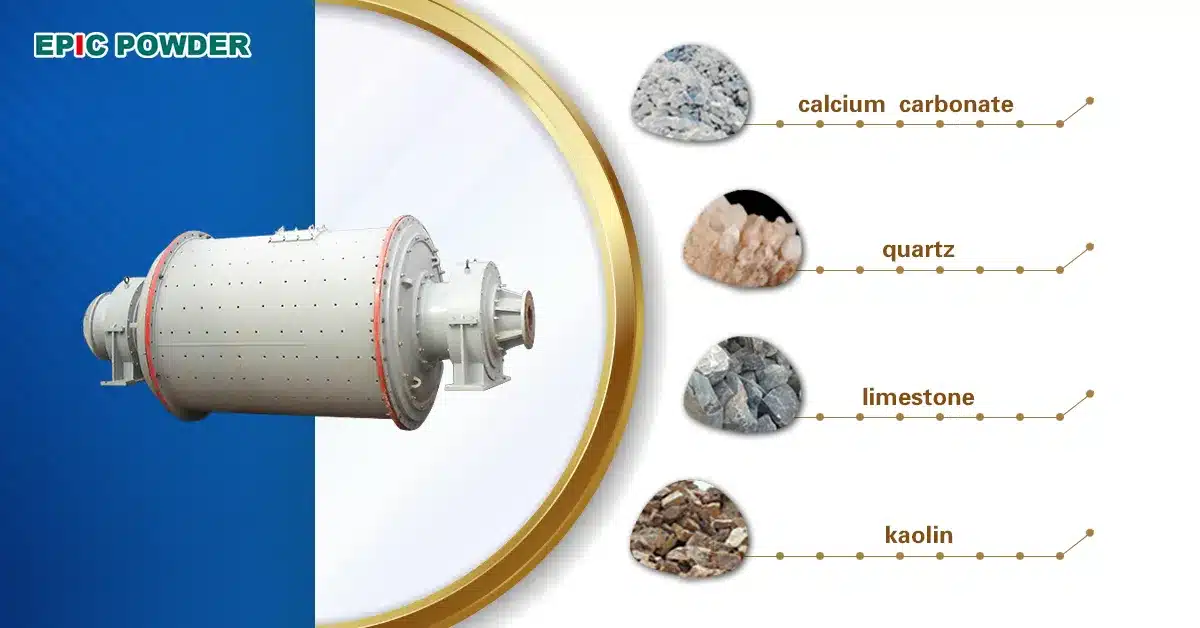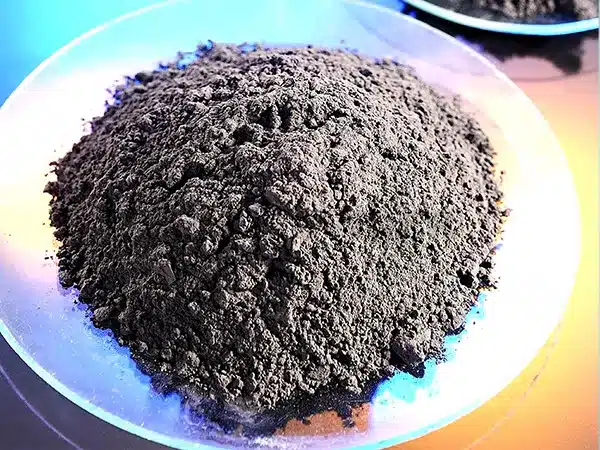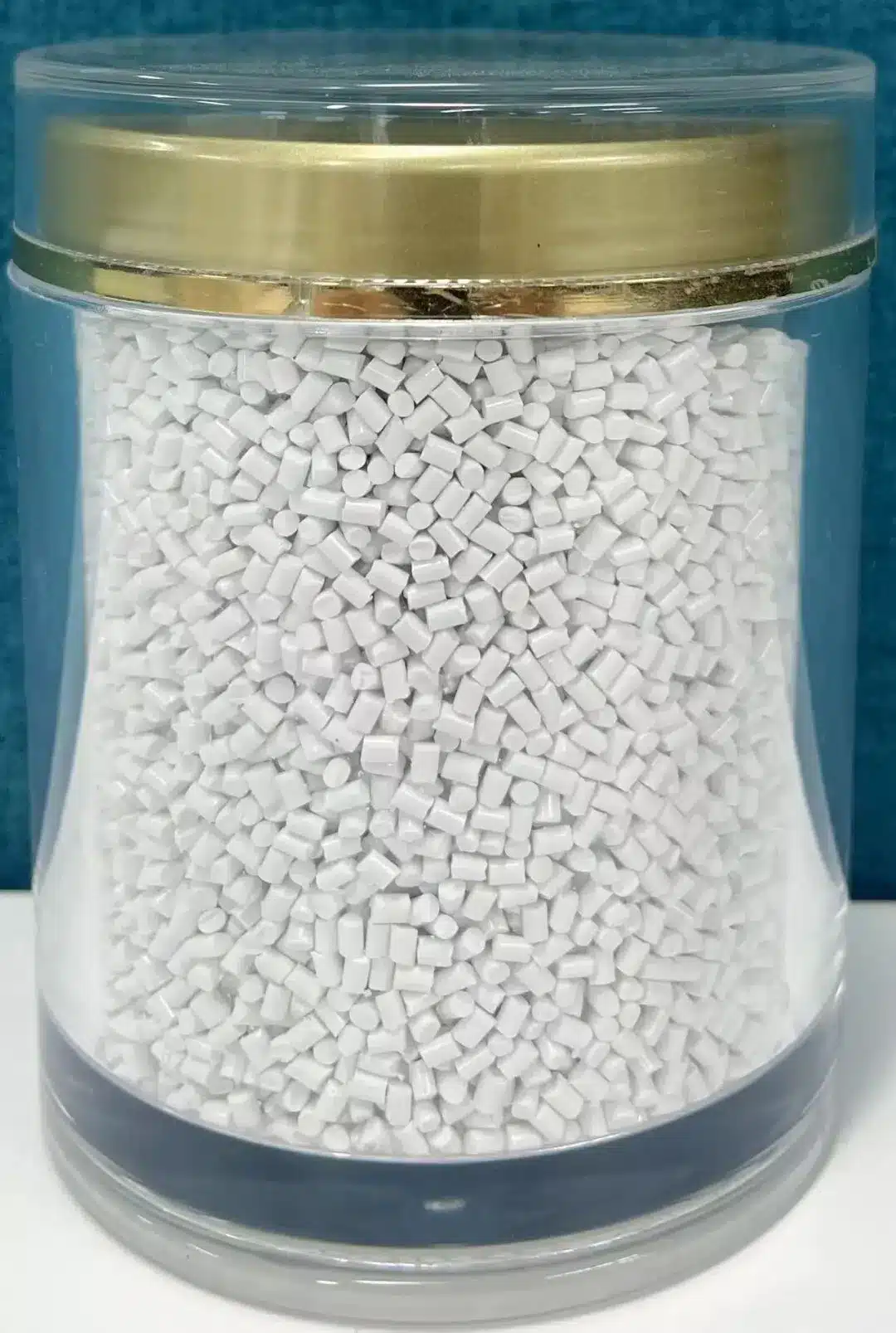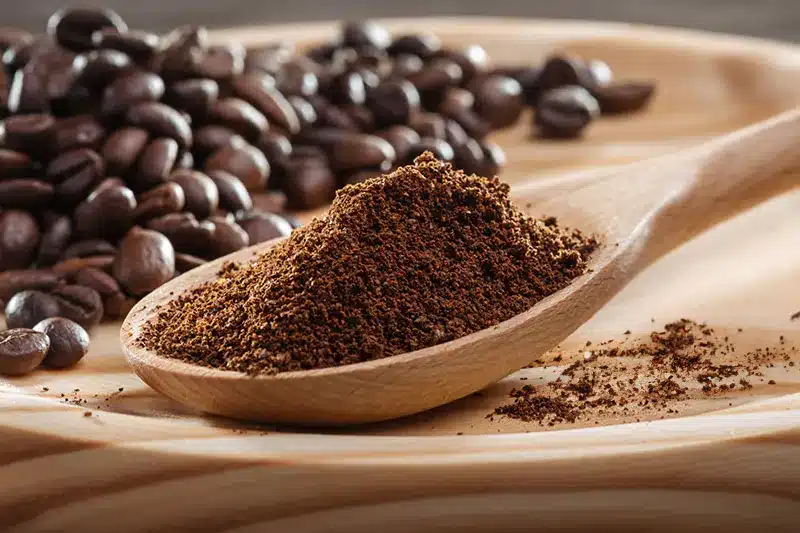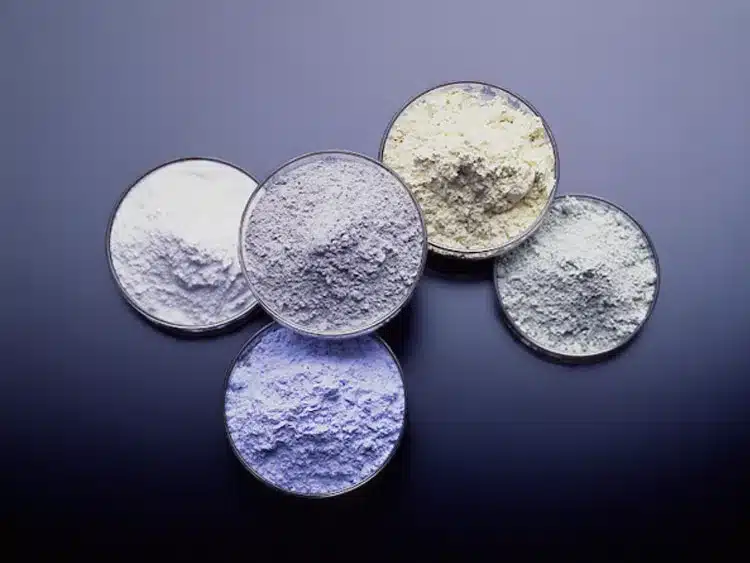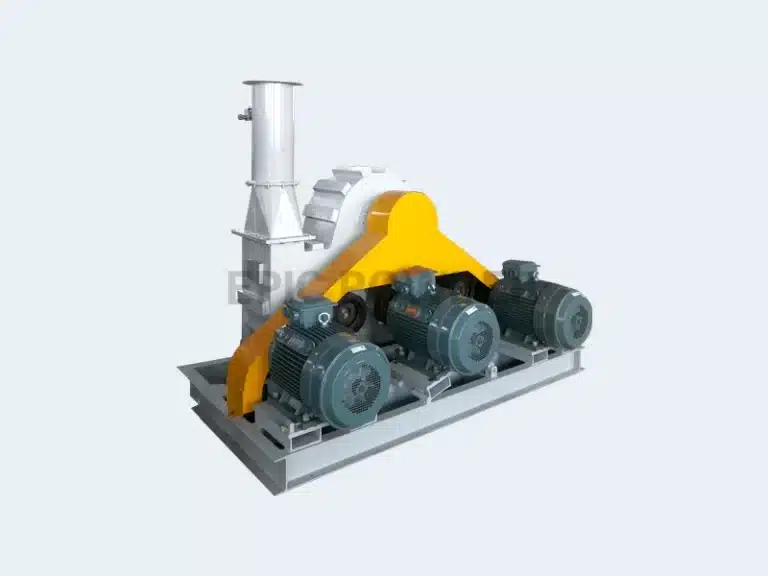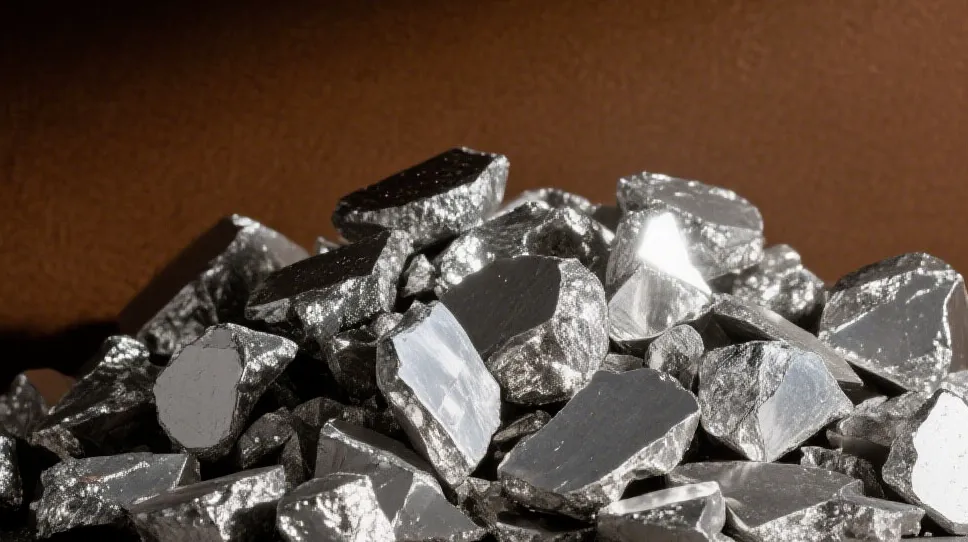Cassava starch ultrafine grinding equipment plays a vital role in today’s starch processing industry. These machines are designed to break down starch granules into fine, uniform powders that significantly improve key functional properties like solubility, gelatinization, and bioavailability. Thanks to advances in milling technology, a wide range of grinding systems now cater to various production needs — from large-scale industrial operations to high-purity applications in food, pharmaceuticals, and specialty modified starch products. In this article, we’ll explore the main types of cassava starch ultrafine grinding equipment, how they work, their technical benefits, and common industrial uses.

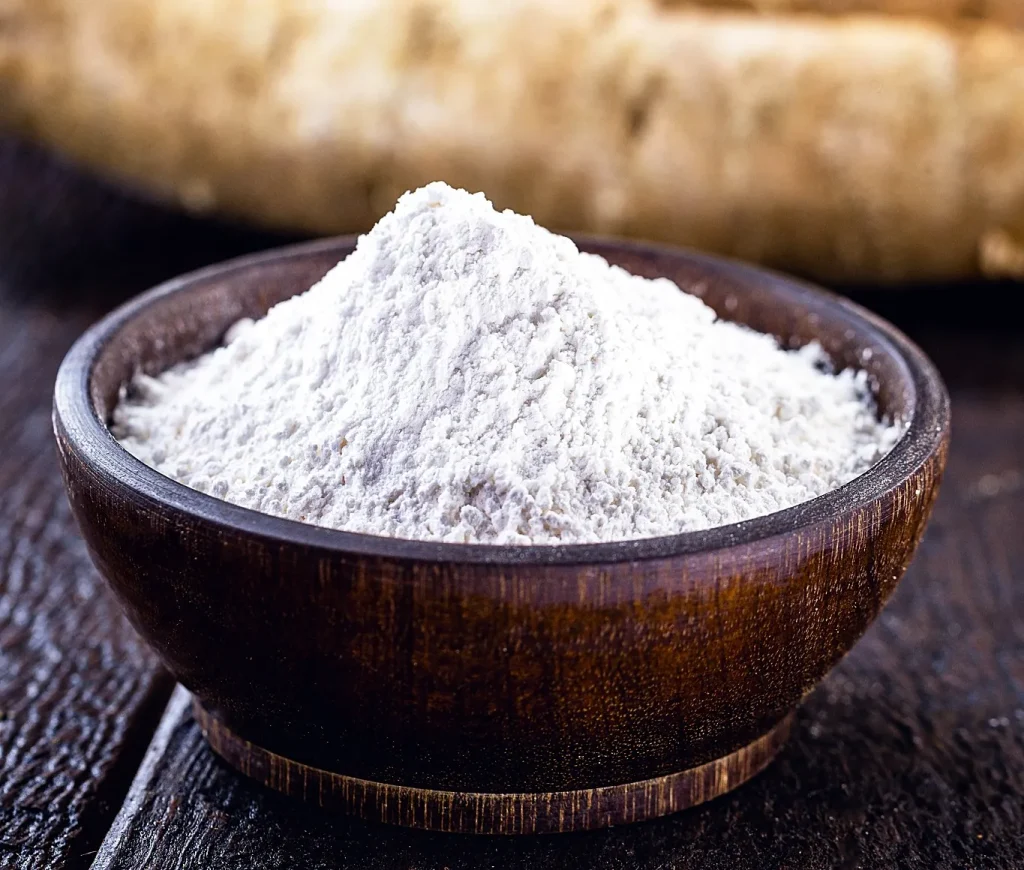
Mechanical Impact Mill
The mechanical impact mill works by using high-speed rotating hammers or blades spinning at up to 5000 rpm. These apply powerful impact forces to starch particles, while collisions against a toothed ring create multi-stage grinding. This design offers several advantages. It delivers high grinding efficiency with capacities ranging from 1 to 5 tons per hour. Its simple structure keeps maintenance costs low. The mill is well suited for continuous processing from coarse to medium-fine particles, achieving particle sizes from 50 to 200 mesh.
Air Jet Mill
In an air jet mill, compressed air is accelerated through nozzles to generate supersonic jets exceeding 300 meters per second. This propels starch particles into collisions and friction with one another. A classification wheel then separates the ultra-fine particles. The air jet mill stands out for producing products with exceptionally high purity — above 99.5% — since it involves no mechanical contact, eliminating metal contamination risks. It achieves a narrow particle size distribution, with 97% of particles below 10 microns, making it ideal for high-precision requirements. Plus, its low-temperature grinding, kept under 40°C, helps preserve starch activity.
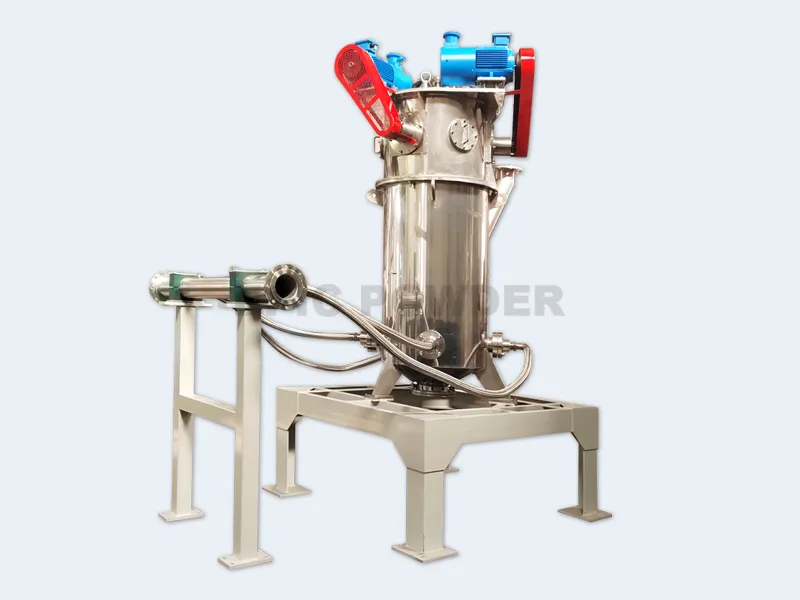
Vibration Mill
Vibration mills use high-frequency vibration, typically between 20 and 50 Hz, to vibrate grinding media such as zirconia balls. The resulting shear and friction forces effectively break down starch particles, including hard agglomerates. Operators can finely control particle size by adjusting the media size and vibration frequency. The enclosed design makes vibration mills suitable for materials sensitive to oxidation, ensuring product quality.
Choosing the Right Equipment
Different grinding systems offer varying capacities and fineness levels, so selecting the right equipment depends on your production requirements:
| Equipment Type | Capacity | Particle Size Range | Typical Applications |
| Mechanical Impact Mill | High (1–5 tons/hr) | 50–200 mesh | Large-scale starch processing |
| Air Jet Mill | Medium (0.5–2 tons/hr) | D97 < 10 microns | High-purity food, pharmaceutical starch |
| Vibration Mill | Low (<0.5 tons/hr) | Below 5 microns | Specialty modified starch, R&D |
| Rotary Ball Mill | Low (<0.3 tons/hr) | Below 1 micron | Ultra-fine grinding for niche applications |
| Roller Mill | Medium (1–3 tons/hr) | 20–100 mesh | Medium-fine starch grinding |
Industrial Applications
Large-Scale Processing Plants: Often use a combination of mechanical impact mills for coarse grinding (around 80 mesh) followed by air jet mills for ultrafine grinding (D90 less than 15 microns). These facilities typically handle 5 to 10 tons per hour.
Pharmaceutical-Grade Starch Production: Employ air jet mills operating under inert nitrogen gas to prevent oxidation, meeting USP microbial standards.

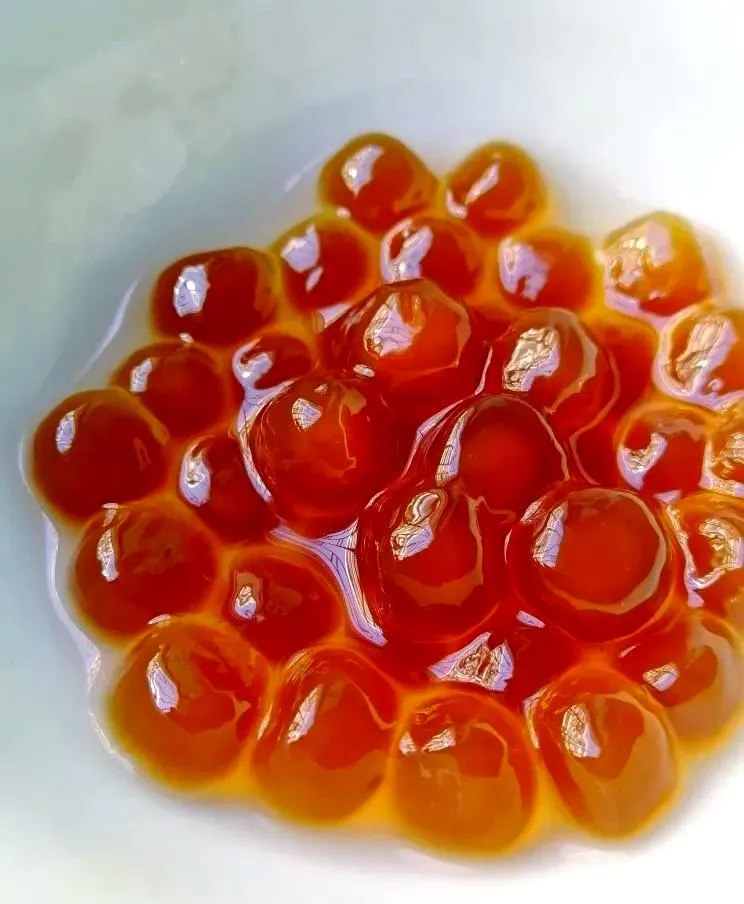
Specialty Modified Starch R&D: Use vibration mills equipped with cryogenic attachments to maintain molecular integrity by grinding at low temperatures below -20°C.
Emerging Technology Trends
The ultrafine grinding industry continues to evolve with innovations such as:
Smart Control Systems: Real-time particle size monitoring combined with adaptive feeding enhances precision and process stability.
Energy Efficiency: New cyclic airflow technologies reduce energy consumption by 30 to 40%.
Modular Equipment Designs: Integrated units combining coarse grinding, fine grinding, and classification streamline production lines.
Environmental Improvements: Advanced pulse dust collection systems achieve efficiency over 99.9%, supporting sustainability and carbon neutrality goals.
Conclusion
As cassava starch ultrafine grinding equipment advances toward higher precision, greater energy efficiency, and smarter operation, it becomes an essential foundation for deep starch processing. These technologies enable manufacturers to produce high-quality starch powders tailored to the demands of food, pharmaceutical, and specialty industries.
Epic Powder: Your Partner in Advanced Starch Processing
At Epic Powder, we specialize in developing and manufacturing cutting-edge ultrafine grinding solutions tailored for cassava starch and other biomaterials. Our equipment combines intelligent control, energy-saving designs, and flexible modular setups to meet the varying needs of industries such as food, pharmaceuticals, and biodegradable materials. Committed to innovation and sustainability, we help our clients achieve superior product quality and operational efficiency. Trust Epic Powder for grinding technology that delivers precision, reliability, and real value to your starch processing operations.

